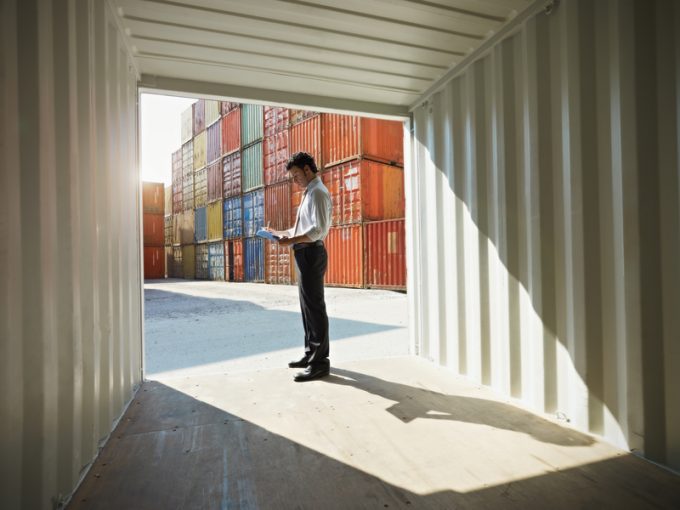Calmer waters for box trades this year as supply:demand ratio evens out
Despite continuing soft container spot rates after the two-week Chinese New Year trade hiatus, ocean carriers ...

After the swingeing downwards revisions made to trade forecasts in our third-quarter 2016 container market outlook, our fourth-quarter report has seen only marginal adjustments. Unfortunately, however, marginal adjustments are utterly insufficient to dig the industry out of the colossal hole it finds itself in.
Trade growth ...
CMA CGM South Korean staff strike over bonuses after bumper 2024 profit
MSC switches two more Asia-Europe port calls from congested Antwerp
CMA airline returns two freighters, while ANA takeover of NCA looms
Nightmare for Bangladeshi exporters as congestion and tariffs bite
Tradelanes: Export boom in Indian sub-continent triggers rise in airfreight rates
Front-loading frenzy has made traditional H2 peak season 'unlikely'
Mexican airport modernisation plan unlikely to boost cargo facilities
Carriers introduce surcharges as congestion builds at African ports

Comment on this article